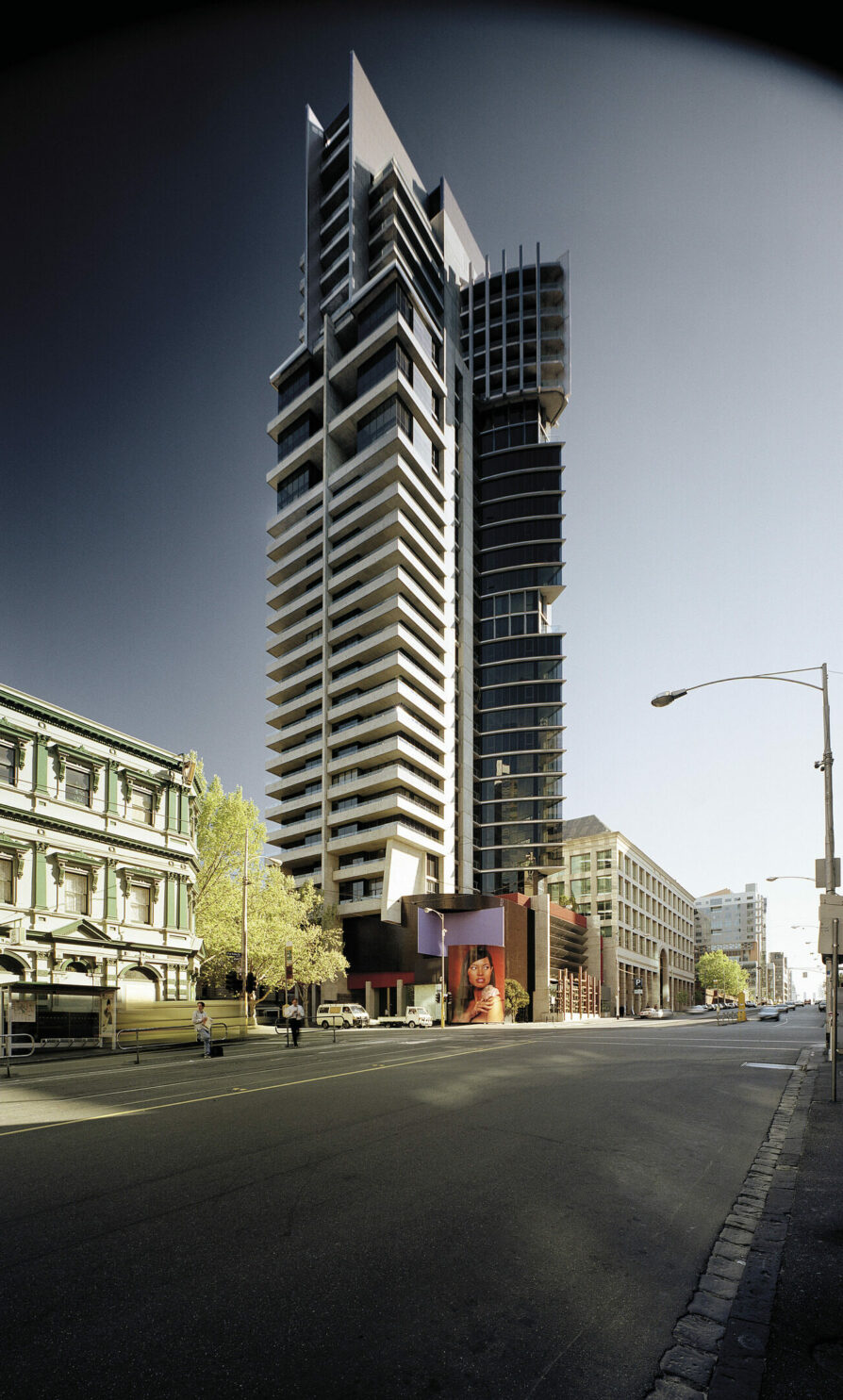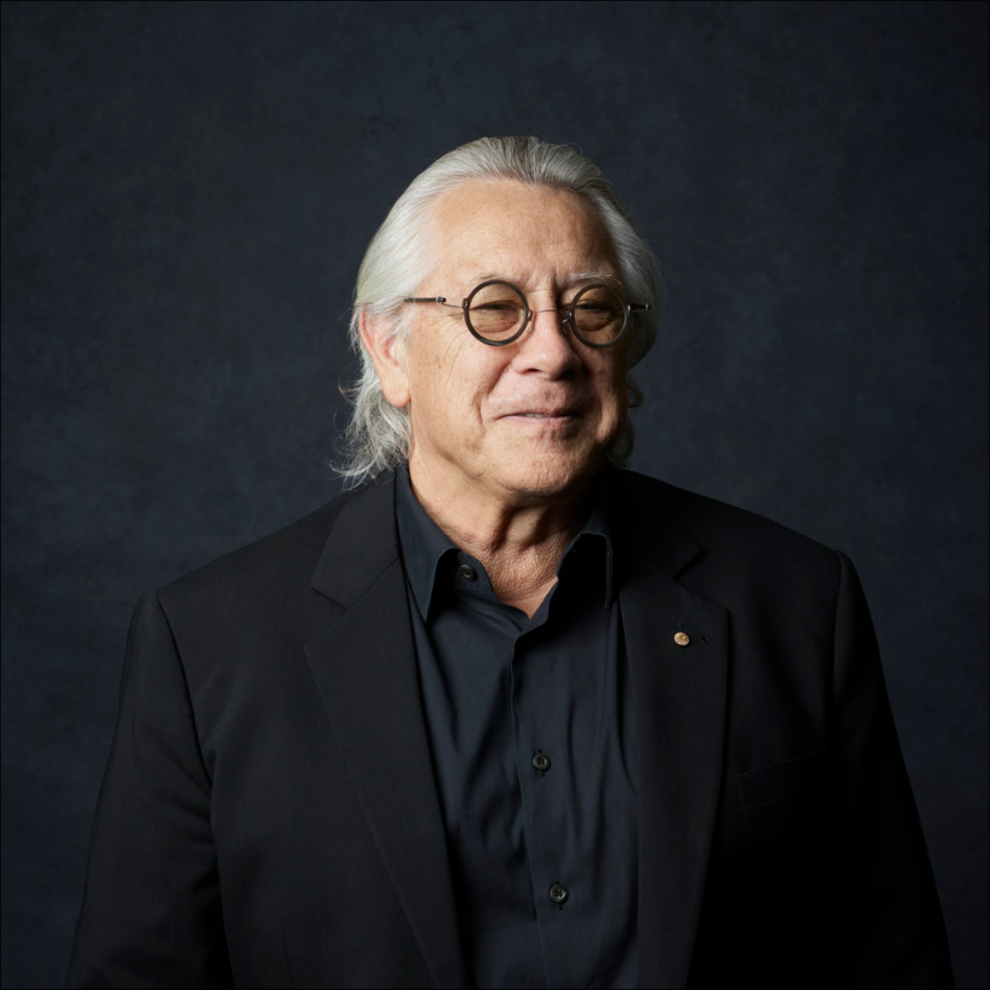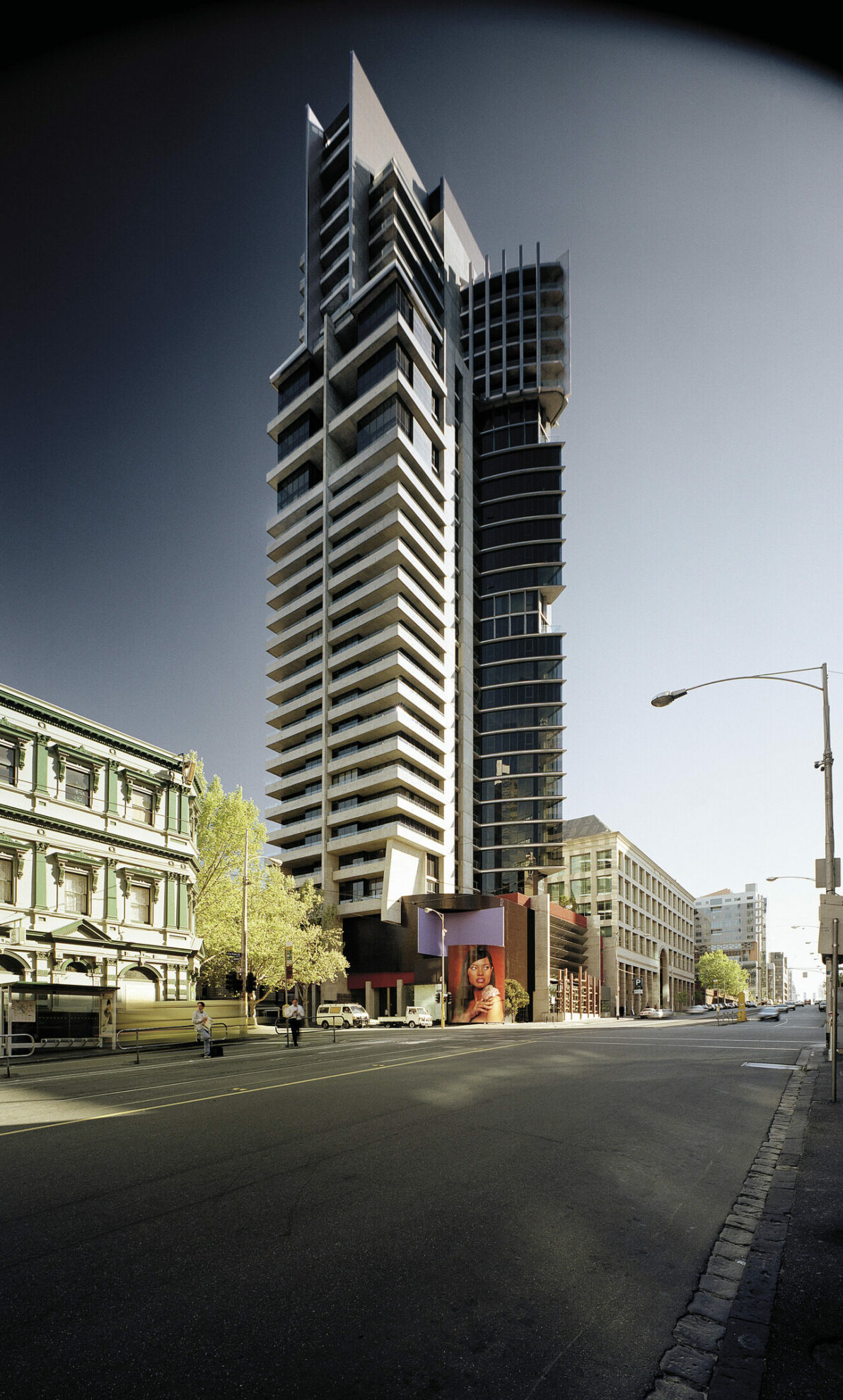Republic Tower
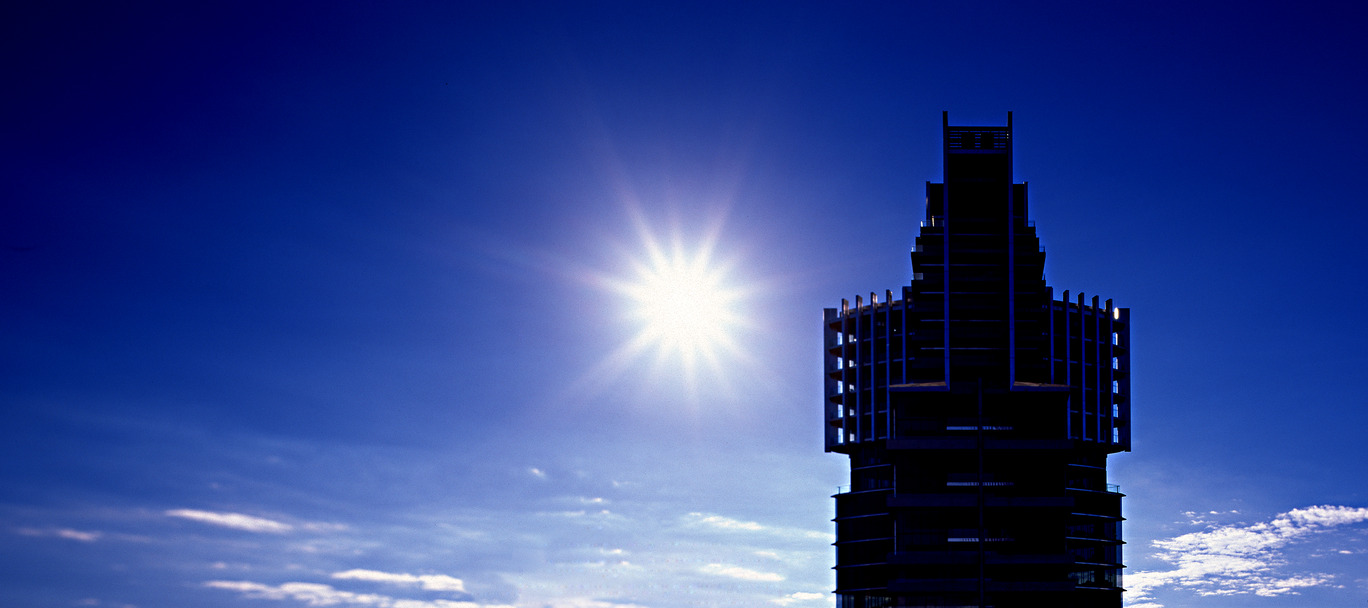
Designed, named and constructed in the lead up to the centenary of Australian Federation, Republic Tower was Melbourne’s first high-rise residential apartment building in the city centre.
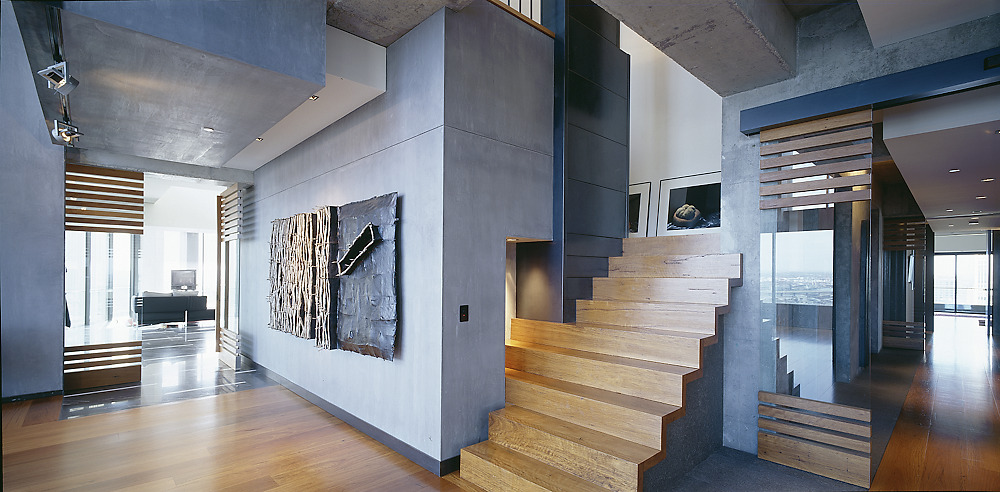
Adjacent to the city’s heritage-listed former Public Records Office, its prominent corner site was originally subject to a 20-metre height overlay.
From this adversity, the concept of Republic’s distinctive tripartite form grew – the six-level podium element deferring to its Victorian-era neighbour in scale and material gesture; the highly sculptural yet slender 30-level tower component counterpointing, but not crowding, the older building’s grand architecture, before vanishing above the street’s plane tree canopy.
Embraced by the Victorian Planning Minister for its exemplary contextual sensitivity, the proposition was exempted from the overlay and duly permitted to its intended height of 100 metres.
To capitalise on its vertical breathing space, apartments to the north and south were augmented with curtain-glazed prows – industrial-scaled bay windows that expand out their uses, literally and figuratively.
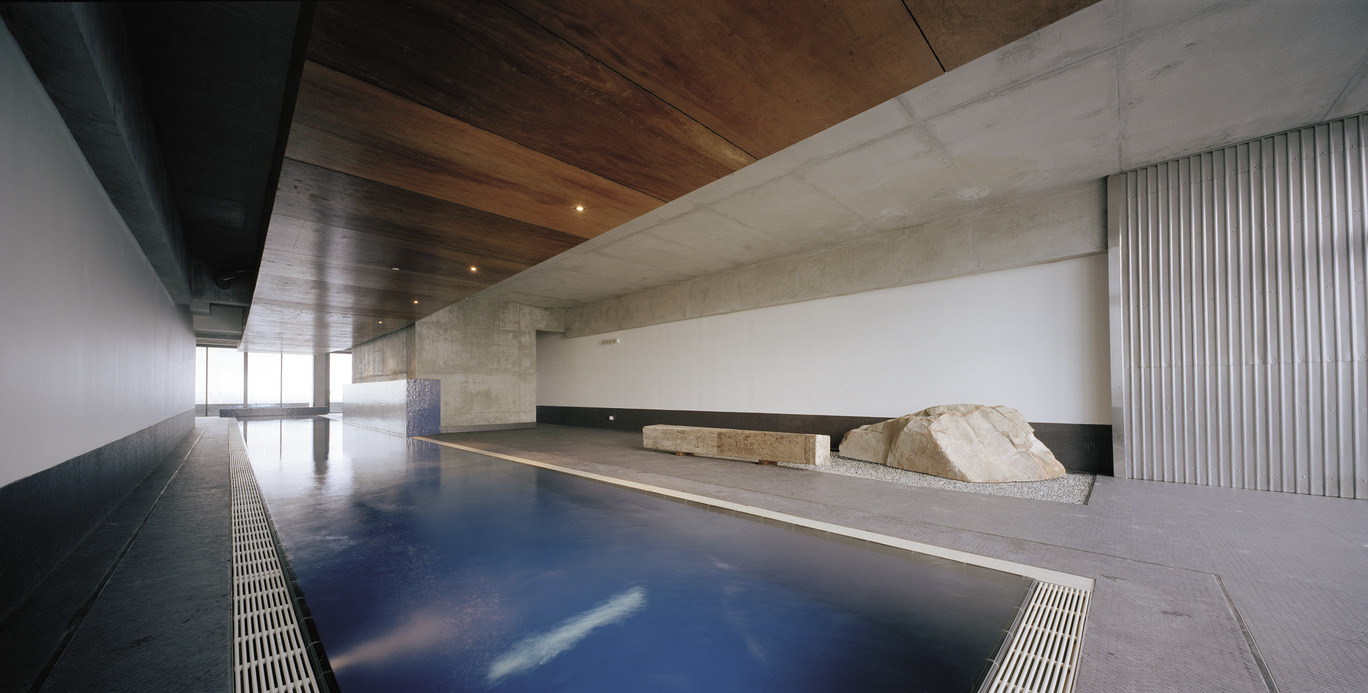
Appropriate to the times, Republic’s accommodation transports the spaciousness of a suburban dwelling to an urban setting, with the majority of apartment plans being three-bedroom and upwards of 150sqm in area. The top floor features a two-level recreational facility complete with gymnasium and 25-metre pool, while the street level is activated by a bar and restaurant.
The most prominent aspect of the building’s ground plane is its ‘Super Scaled Canvas’… a public art space created to screen an underground rail loop ventilation stack,
it was curated originally by the Visible Arts Foundation, and featured a succession of provocative poster works by Australian artists. More recently, it has become a window into the eclecticism of MONA, Tasmania’s Museum of Old and New Art.
The robustness of the building’s materiality and intensity of its sculptural expression stand in dramatic contrast to the impermanence of the passing parade of podium art.
The in situ and stainless steel-edged off-form concrete, stone, glass and timber belying their industrial provenance to become design features in their own right.

